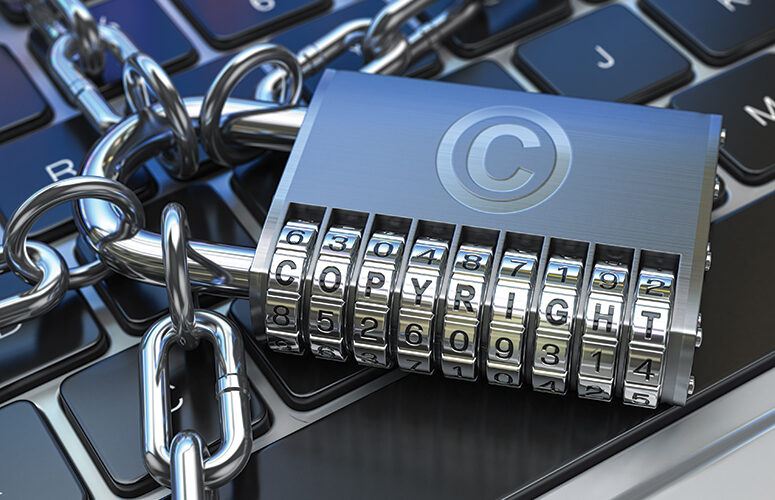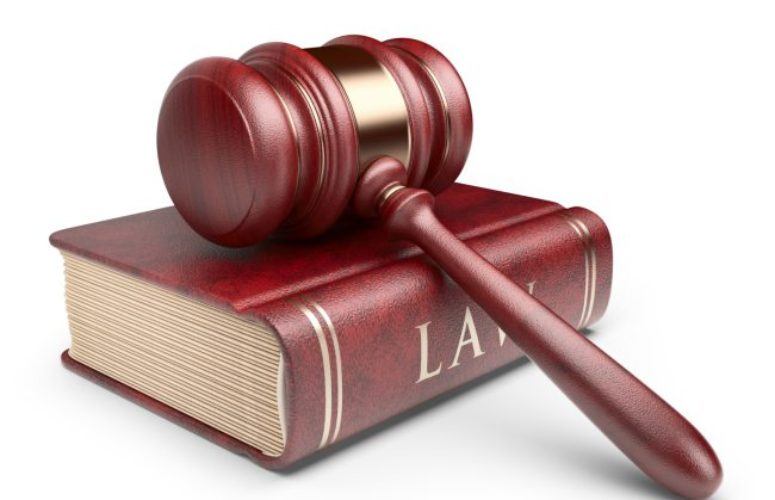
The Ins and Outs of Intellectual Property
It’s more important than ever to protect your company’s intellectual property—here’s how (and why!) to do it.
By Jennifer Lesser, Contributing Writer On Jun 9, 2022The world of intellectual property (IP) can be overwhelming for most entrepreneurs and businesses. Filing for a patent is often a lengthy, arduous and costly ordeal, and in a time when technology continues to evolve so rapidly and IP lawyers are having to learn nuances of emerging technologies like cryptocurrency and non-fungible tokens (NFTs), it becomes even more complicated. However, it has never been more necessary to protect your company’s IP, and fortunately the Garden State is home to numerous lawyers and other experts who can help businesses along the way.
“The most important thing is to remember to be diligent: diligent in identifying intellectual property as it is created, diligent in working with counsel to determine whether the intellectual property can be protected and what is the best vehicle for protecting the intellectual property, and diligent in having effective contracts in place (non-disclosure agreements, employment agreements, joint development agreements, etc.) to ensure that the business’s ownership interests are secure,” says Christopher H. Strate, director of intellectual property at Gibbons Law.
According to Strate, the investment in US patents has grown exponentially over the last decade. The United States grants nearly 400,000 patents each year, which is almost double the number of patents that were granted 10 years ago. But what exactly is intellectual property, and more importantly, how can companies identify and protect it?
Strate explains that IP refers to creations of the mind, which may include technical inventions, literature, art, designs, symbols, branding and product names, and know-how. “IP is a business tool and should be used as such. The biggest mistakes companies make are either not protecting what is important to the core business, or wasting resources protecting things that are not important,” explains Eric LaMorte, a registered patent attorney with Hill Wallack.
The good news is that a person or company’s intellectual property can be protected in a variety of ways: patents, trademarks, copyrights and contracts, and that intellectual property lawyers can help businesses navigate the differences and choose the best protections for their products or technologies. They also provide the invaluable service of helping companies through the process of filing for protections from federal agencies, such as the United States Patent and Trademark Office (USPTO).
“The first step is always to understand and identify what the valuable intellectual property of a company actually is, but that isn’t always as easy as it seems,” explains Jeffrey M. Weinick, co-chair of the intellectual property group for Chiesa Shahinian & Giantomasi PC. “You may have a new system or software, but where is the value … is it in the invention itself, in the technology, in the code or the way it’s written?”
Mark P. Kesslen, chair of the intellectual property group at Lowenstein Sandler, warns that filing a patent also requires the company to describe exactly how its invention works, and it has to be truly different than anything else within the public domain. “You have to provide a very specific and functional level of detail, and when you really think about that – particularly in AI or machine learning – companies have to balance that amount of disclosure against the trade secret value,” he explains.
With any new invention, confidentiality is key. So, as companies begin the process of protecting their intellectual property, Kesslen warns that no matter what they’re developing, they need to get the right agreements with employees and contractors to ensure they treat all innovations and inventions as completely confidential. “I can think of half a dozen companies over last three months that didn’t button this up early on and it ended up slowing down their investment or sales process. … You have to be protected,” he says.
Many companies also become confused when it comes to choosing the correct type of protection for their intellectual property. Strate notes that a US patent protects an inventor from others making, using, selling, offering for sale or importing their technical invention in the United States; but this protection only lasts for 20 years from the date in which the patent application was filed. After that, the patent expires and the public is free to use the invention.
“The thing that everyone misses is that patents are for technologies, not for products. I cannot patent a new product unless that product contains a new technology… and even then, the patent will only cover the technology that’s new,” LaMorte explains. “All products evolve over time. I cannot patent a golf ball, I can only patent what is different between your golf ball and the golf balls that came before. I can only patent the change.”
Needless to say, filing for a patent isn’t without its challenges, from the cost involved to the number of rejections that most companies endure before their invention is finally protected. Weinick notes that filing for a patent also takes time – usually a year or two before it’s even examined, and another 1-2 years before it’s granted.
LaMorte adds that a patent application of some type (there are four) must be filed within one year of the invention’s sale/public disclosure. If you wait longer, the invention is no longer considered new and is not patentable. And companies should also know that their invention or technology technically has no protection whatsoever until that patent is actually granted.
“However, while a patent pending status doesn’t legally give you any protection, in reality it does, because nobody wants to make a product that they know someone else is patent pending on,” he explains.
There are, of course, other forms of protection as well, including trade secrets and copyrights. Companies may opt for trade secret protection when they want their protection to last more than the 15-20 years that the US patent office will provide.
Additionally, copyright is often used for software because it protects the exact expression of code and prevents someone from copying it. While it is useful, a copyright doesn’t necessarily provide the same level of protection that a patent does.
To access more business news, visit NJB News Now.
Related Articles:





